Photo charters (not excursions) are an art form
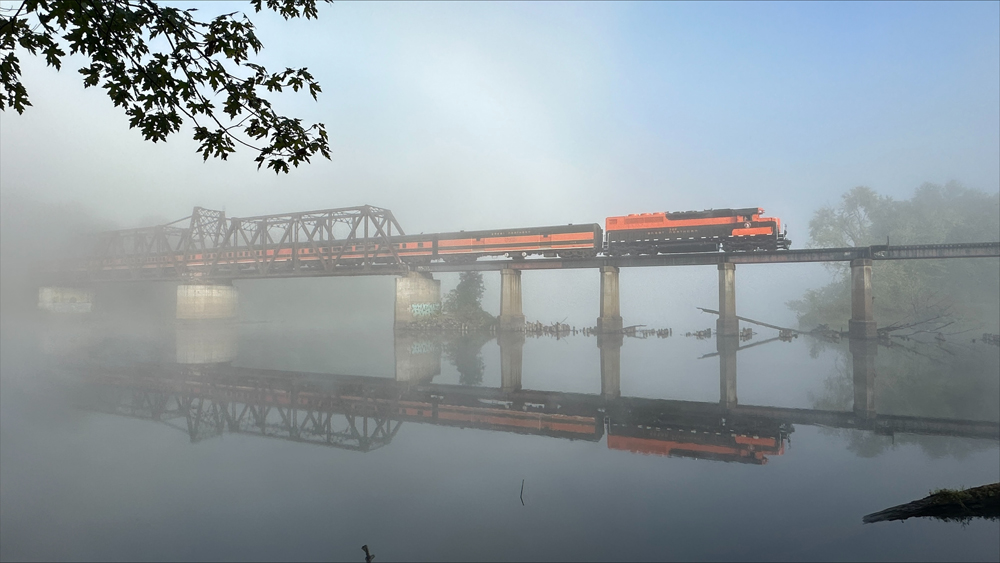
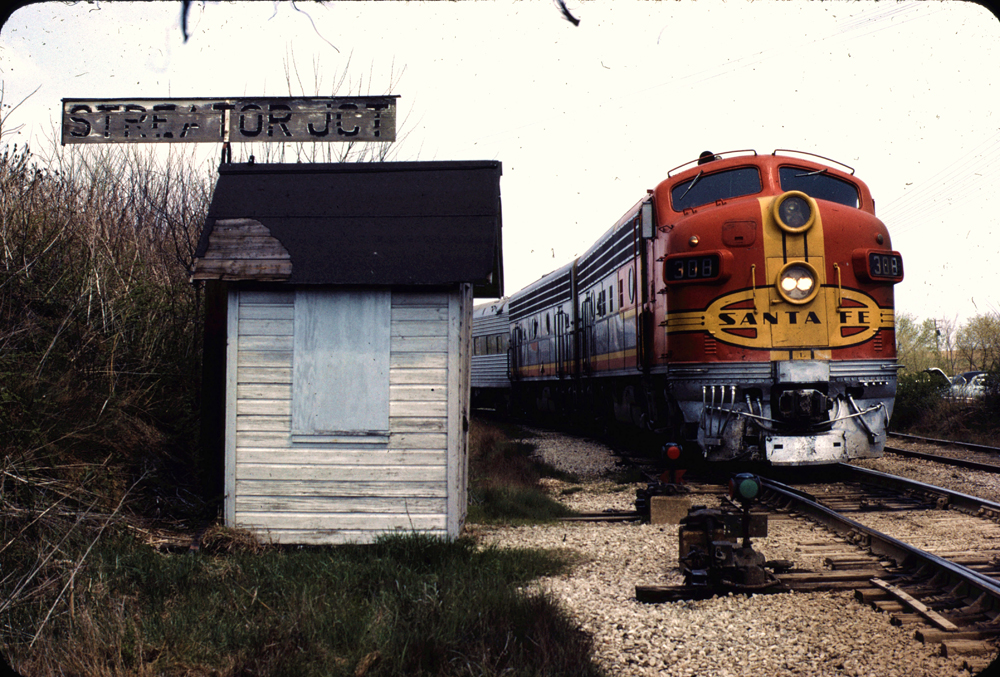
From coal to oil to electric, train photo charters are gaining momentum — there’s no question about it. There is also very little argument as to why steam locomotives are typically a fan favorite. The smell of coal burning is unmatched. The loud roars surfacing from a distance can be felt in one’s chest. Watching huge, black plumes of smoke ascend to the heavens can leave any observer mesmerized. All of these sensory factors create spectacular photo and video sessions for the right enthusiast.
Steam photo charters, or photo specials, have been happening rather consistently since the mid-1970s, enticing enthusiasts from across the globe to travel for the “perfect shot.” (Read more about steam photo charters in Trains’ Steam Across America, a special issue being released Dec. 5.)
Railfan trips or excursions, although they look similar, are not the same thing. Photographs dating to the 1920s — in which like-minded people would get together for a day, charter a train to ride, and stop to take a few photos — reveal evidence of the birth of these fantrips. The charters, in particular, began gaining steam in the mid- to late-1980s.
Note: Like steam excursions, there are diesel excursions. The best way to differentiate between an excursion (fantrip) or charter is by clearly defining the primary motivator. Are you here to ride the train (excursion) or take photos/videos (charter)? The lines can be a bit blurry here as both include a group of people paying to ride a train/or follow it and participate in photo runbys.
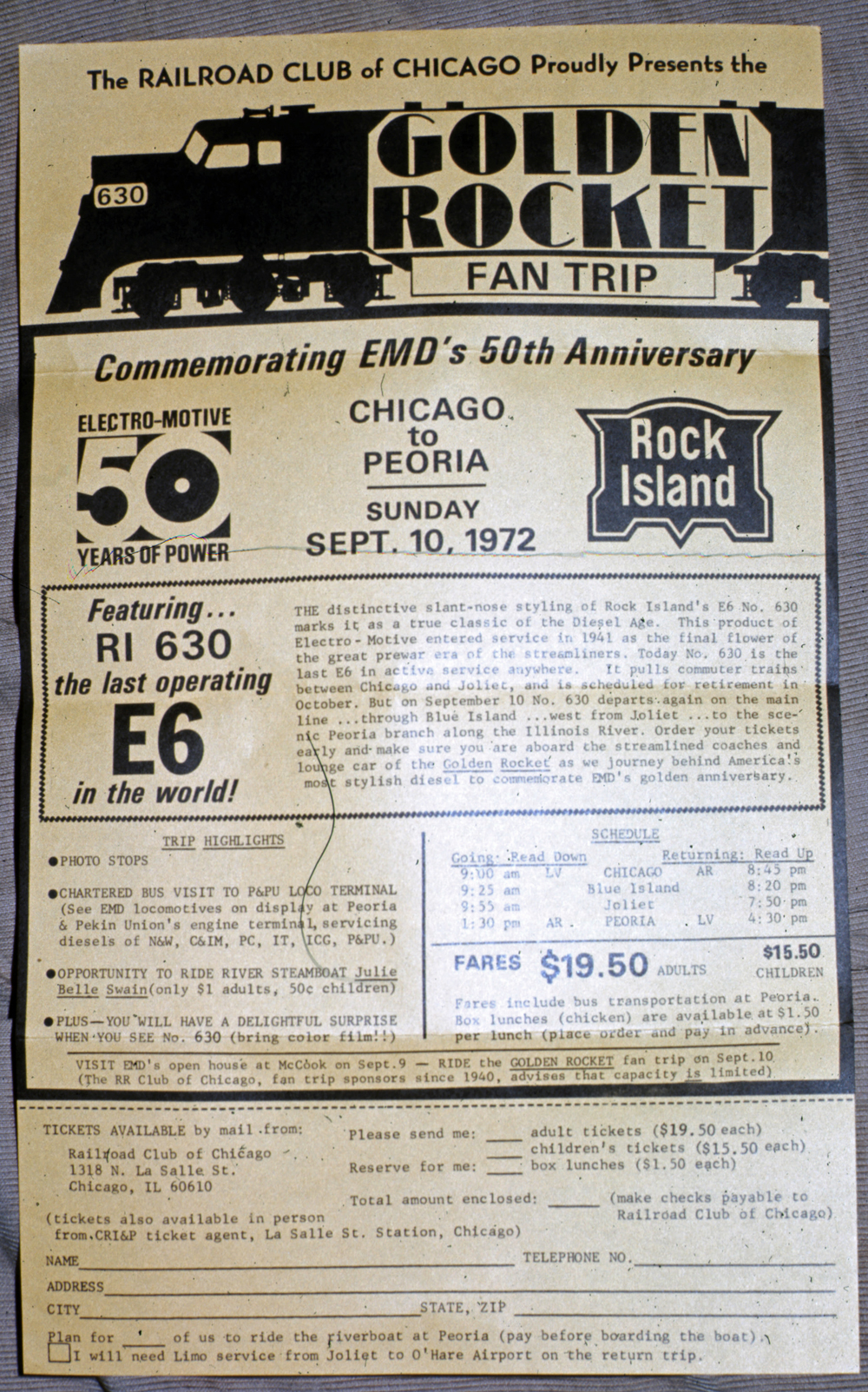 Here come the diesels
Here come the diesels
According to a few railfans I’ve spoken with recently, diesel photo charters seem to have been overlooked. Diesels tend to appeal to an audience comprised of younger train enthusiasts. The older demographics, who grew up seeing these real engines operating in revenue service, view diesel charters as second nature to steam charters.
However, the younger generations of railfans that missed out on capturing the early diesels at work — either because they weren’t born yet or were too young to hold a camera — are hoping to see more of these opportunities in the near future.
Dates of the first diesel photo charters are unclear. Scattered photos and articles on the subject suggest that they didn’t really start taking shape until the 1980s and 1990s. Recently, I received a few photographs of a paid event from 1969 orchestrated by the Railroad Club of Chicago — proof that a version of a charter — although more excursion-like — existed as early as the late 1960s.
As of this year, Trains Magazine entered into this evolving arena with its first-ever (public) diesel photo charter in Osceola, Wis., on Sept. 11 and 12. Led by Trains Producer Kevin Gilliam and Trains Correspondent Steve Glischinski, the charter forged through with both mechanical issues and weather restraints. Yet, by the end of this two-day event, patrons were asking when Trains will host another diesel photo charter — often adding, “And sign me up!” The next charter is not yet confirmed. However, after seeing so many happy photographers, it’s definitely on Trains’ radar.
So what’s a diesel photo charter anyway?
Steam, diesel, or electric, a photo charter is simply a paid event for photographers and videographers to come, see, and record a particular motive power or train in action. Evolving from and similar to a weekend fantrip/excursion, charters do include several runbys, presenting staged photo opportunities.
What’s the difference? Charters grew into a separate entity, meaning people/organizations noticed the interest in these fantrips/excursions, and therefore, fine-tuned them to fit a specific group of individuals looking to do more than just take a few snapshots with their cameras or iPhone. Patrons of charters have different expectations and anticipate several photo runbys at multiple stops along a route.
According to Gilliam, the average fan would call charter attendees “slightly mad” for obsessing over a single photo. However, there is a method behind the madness, says Gilliam.
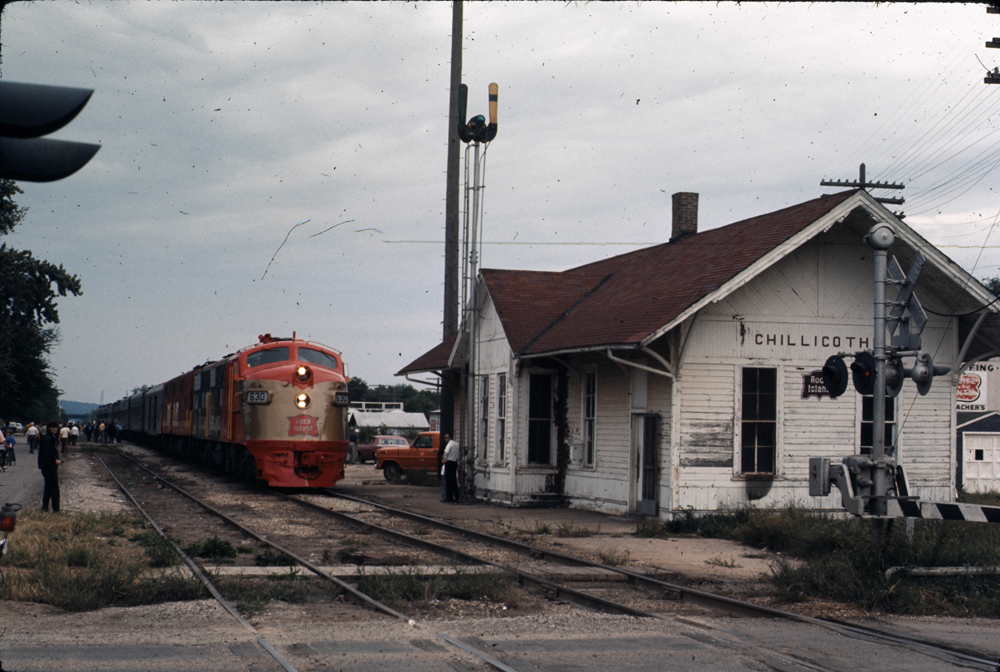
The expectations are as follows: Photographers or videographers pay to come to a specific location to document a good-looking consist with good light. This is not something you can just stumble upon. It involves a considerable amount of planning and involvement/cooperation from several different parties.
“With the average multiple-paint colored tourist consist and normal mid-day operating schedules at your average tourist railroad, getting quality shots can be difficult,” says Gilliam. “When you are dealing with sun angles, the trains rarely run at the correct times of the day …”
That’s essentially why the photo charter was born. A good-looking consist can be assembled, and you can control the setting. To organize a successful charter you must simply pitch your idea to the railroad, get a quote, invite like-minded friends to share in the expense, and most importantly have fun. Obviously, there are other details to iron out, but you get the gist.
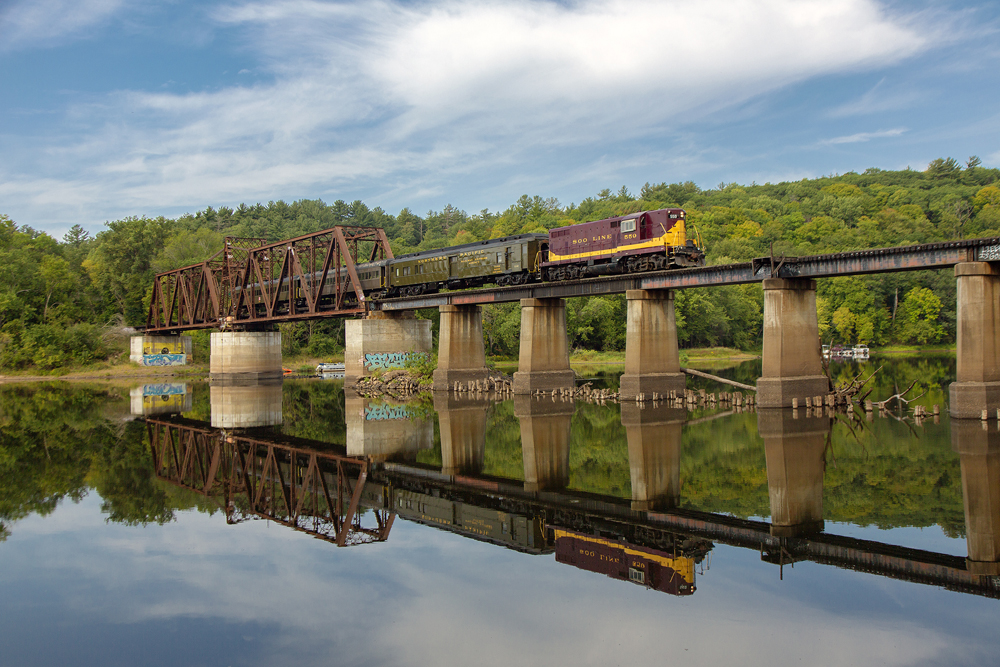
Diesel Pros: Photo runbys and staging scenes
To get a good action shot with a steam locomotive there are more variables. For a still photograph, diesels can be stationary and still appear to be moving for all the viewer knows. This is not true for the photographer of the steam engine. Diesel charters allow more freedom, explains Gilliam. “Take your average steam locomotive, and you get all these random wisps of steam and smoke from the smokestack, from the cylinders, from the safety valves, from the dynamo, from the air compressor, from the whistle … the list goes on and on.”
Most photographers want action shots that are accomplished by the photo runby. A photo runby is where the train drops off passengers at a specific scenic location at a certain time of day, then backs up, and after being signaled by the organizer of the charter, will come rolling past the photo line. Diesel charters can involve more staging options since the train doesn’t need to be moving to get a good action shot. Staged scenes at a charter may involve hooping up train orders or parking an older car in the shot for example. It’s to recreate a certain time period.
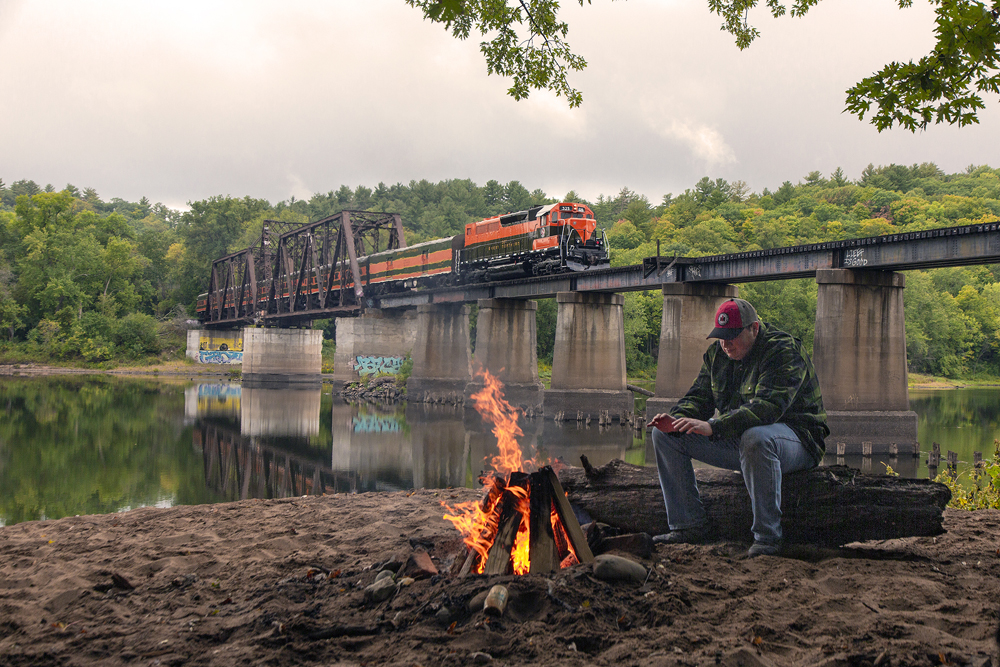
Cons: Bad lighting, bad timing, bad weather …
Which brings us to another challenge regardless of the motive power you are photographing. Sun angles are important. A partly cloudy (or mostly cloudy) sky can be challenging sometimes and will interfere with the timing of the runby. The goal is to have the train run by the photo line when the sun is shining through one of the holes between clouds. “The challenge is that you also have people shooting video in the photo line, and a static train doesn’t make for good video, so you still have to call runbys to keep the video contingent happy … and hope you and the train crew can time the sun holes right,” says Gilliam. The weather also plays a role in the whole operation. Rain and snow can make for some amazing photos but can be harder to deal with for all parties involved.
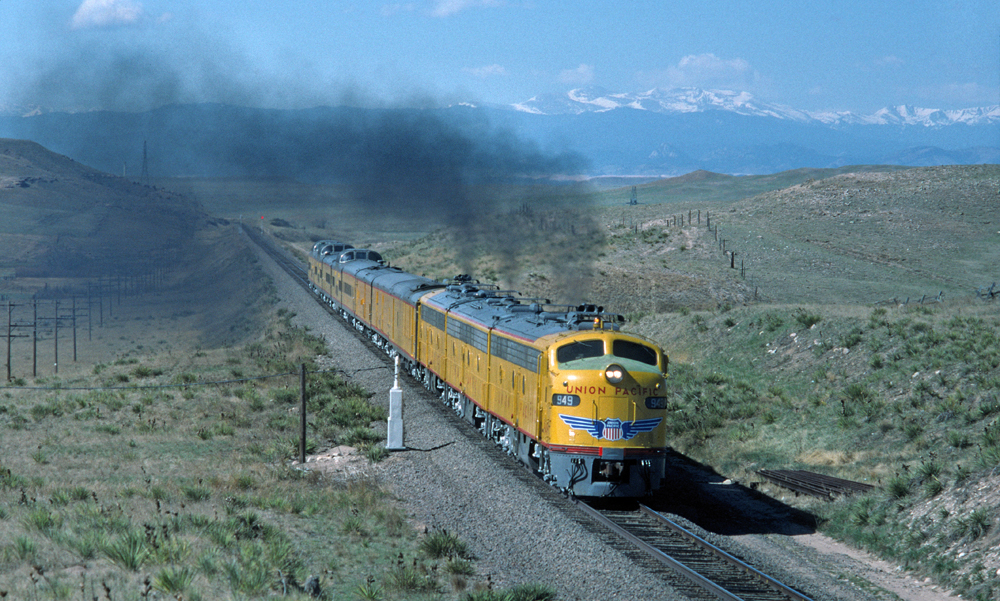
Charter expectations
- No. 1 have fun! Life is too short to stress about that which you cannot control … or as Gilliam likes to put it … “Charters, like life itself, are often making lemonade out of lemons.” He feels that eventually, “the law of averages means that something has to break in your favor at some point.”
- Communication is key. On the day of the event, the organizer/leader should have a radio to talk to the conductor. This is so the train crew will know what to do and when. Ideally, the railroad assigns a qualified train service employee — authorized to use the railroad radio — to accompany the charter organizer/leader during all photo stops. That employee is able to effectively and accurately convey the charter leader’s requests directly to the train’s engineer and conductor, reducing delays in posing the train or timing runbys. Note: Most railroads don’t allow for a non-crew member to talk directly to the train, so the organizer will have to run everything through an intermediary which may slow things down. Also, a lot of railroaders don’t understand photographers, so the organizer must be specific with what they want the train to do.
- Be a leader or acknowledge one. One organizer/leader in control is the way to go. People going off on their own can quickly descend into chaos. Photo lines are for the greater good of the whole group. This way you all can get a good shot. The brush-cutting work is done (hopefully) and the time of day and sun angle have been considered. It’s essentially all been planned out for you. Gilliam says that for patrons it’s really about trusting the person running the trip to have done their homework. Ideally, as an attendee, you can relax, chat with people, and follow the herd to a photo stop.
- Be courteous and professional so that the railroad will want you to come back! Photo charter attendees must understand that this is not a normal day for the crew. “Things may not run as smoothly or as fast as you might want them to,” notes Gilliam. “They really are trying though, even though the photo line may not realize it sometimes if the train misses that sucker hole of sunlight.”
- Don’t expect perfection, whether you are the organizer or the attendee, stuff happens. “I’ve had perfect plans for the day thrown out the window first thing in the morning, and then you have to wing it,” says Gilliam. “… depending on your schedule and all the variable elements, it often ends up as a game of chess.”
- Bring the swag. Have a timetable or route guide of the railroad (if possible — the organizer may provide this). Organizers, depending on who is running the show, may also provide attendees with a map, roster history, or other goodies pertaining to the event.
- Water is a must. As an attendee, you’ll want to bring your own water. As an organizer, you’ll want to provide the attendees with water. Hydration is very important on these trips.
- Food is swell. Again, you may want to bring snacks. Depending on the organizer, snacks, lunch, and/or dinner may be provided. Don’t forget to feed the crew.
- Tips are appreciated. After the long, hard day comes to an end, remember to tip your crew. Some organizers will “pass the hat” for a crew tip when the charter is over. Note: Crews on some of these charters are volunteers.
- Plan to be exhausted. This day, or weekend, will be tough. Charters tend to start really early and run late. Gilliam always jokes around about sleep being a premium when on a photo charter. It’s true.
- Pack accordingly both mentally and physically. Bring a positive attitude and leave your problems at home. As far as tangible items are concerned, bring the following:
– extra lenses of varying lengths
– extra memory cards
– extra batteries
– wipes/cloths for cleaning a lens
– cables and tripods
– (video) an external mic
– wear something comfortable for a long day
– hiking boots are a must for ballast
– rain gear, gloves, hat, and additional layers for cold weather may be needed
What are your thoughts? Would you sign up for a diesel photo charter? What do you want to see? Let us know in the comments below.
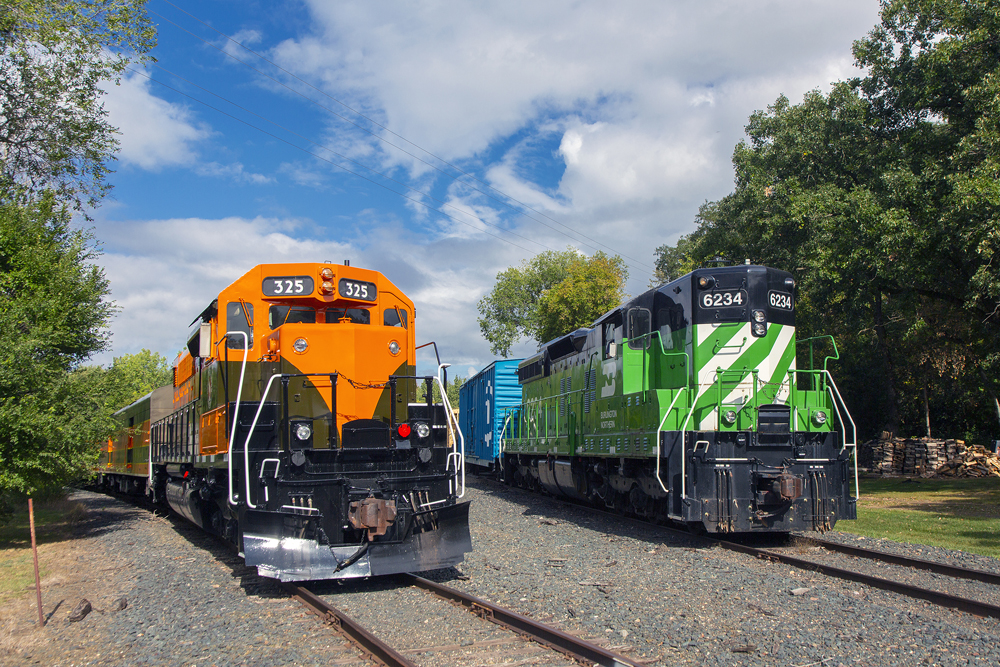








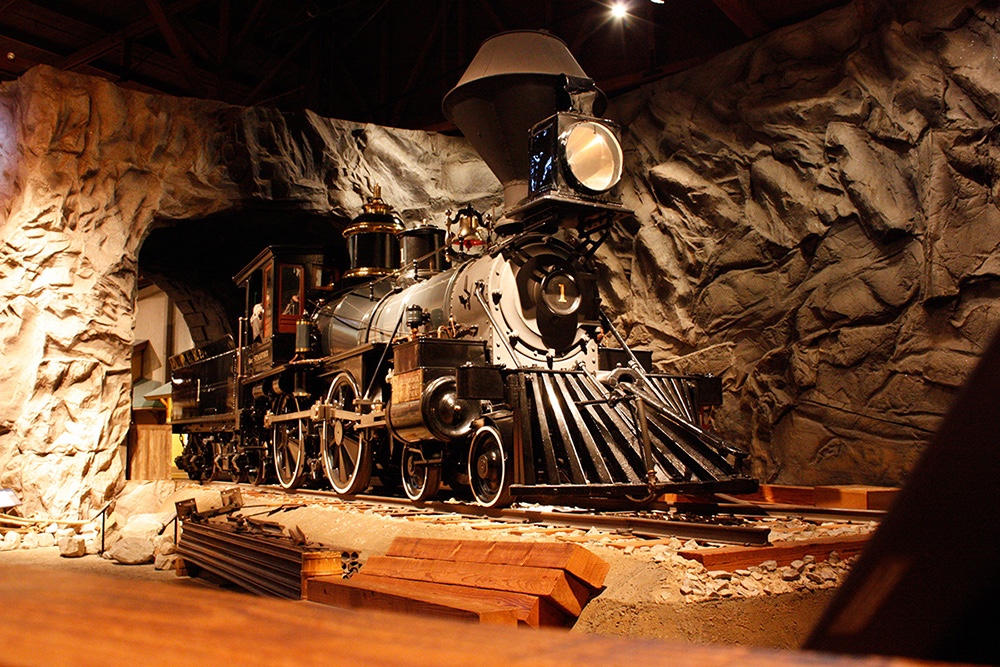





“Courtesy and Professional” sometimes happens, more often it does not. I’ve set up for photo run-bys HOURS ahead of time. The Big Boy in Elmhurst was a perfect example where those late-arrivals and those engaging in “the case” feel it is perfectly fine to jump in front of those long set up.
On fan trips the goofiness is the one or two guys who’ve decided the open-observation is all theirs and they stay almost the entire ride, forcing everyone else to accommodate them.
To be honest, I grew weary of the self-centered socially clueless types who so often participate in fan events.
Yes I would very much sign up for an event if they ever come up to Canada for a day, I live in Toronto, Ontario and it would be nice to have a day like that to get together with fellow railfans etc.
Right now I am starting a Hobo / Boyette club in Toronto for a day out event, to explore our abandoned railway lines before they are all gone for good, we had a small walk about last month but am planing more for next year, be nice if we could get a photo charter in the mix as well.
Mr Daryl J. Smith
North York, Ontario
email : smithdarylj@gmail.com
Phone : 604-838-2825